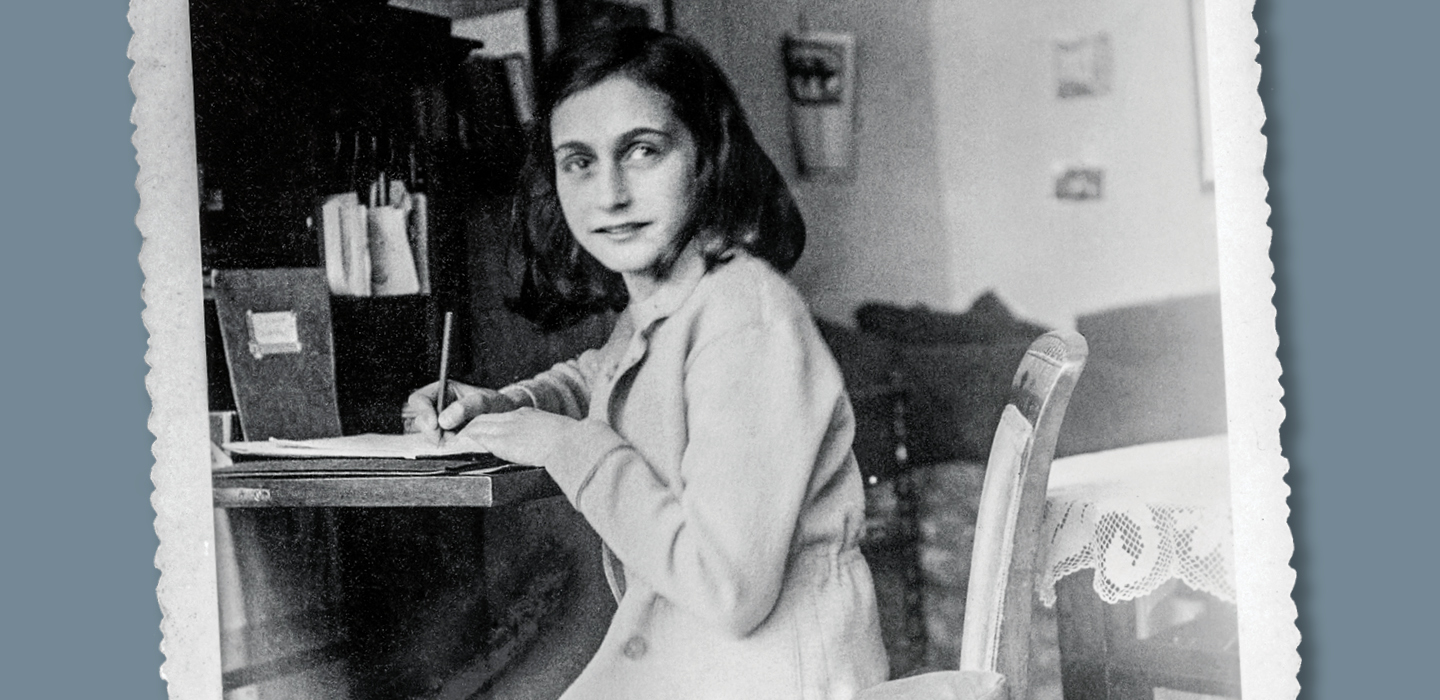Behind a bookcase that doubled as a secret door, 15-year-old Anne Frank and her family lived in constant fear. If discovered in their hideout—an annex in the back of her father’s business—they could be sent to their deaths.
It was 1944, and throughout Amsterdam, the capital of the Netherlands, the forces of Nazi Germany were rounding up Jews. For the Franks, any wrong move—a loud noise, a window left open, a flash of light—could give them away.
On August 4, the Franks’ worst fears were realized. At around 11 a.m., Dutch police, led by a Nazi officer, forced their way into the annex and dragged everyone away at gunpoint. Soon, all eight people living in the hideout were arrested and sent to concentration camps. Just one of them—Anne’s father, Otto—would survive.
Today, much is known about the Franks’ time in hiding thanks to Anne’s diary, first published in 1947 (see “Through Anne’s Eyes,” below). Yet one aspect of her story has remained a mystery: how authorities found out about the hiding place. Otto, who passed away in 1980, long suspected that one of his employees, Wilhelm van Maaren, had tipped off the police. Yet investigations by Dutch officials in 1948 and 1963 turned up nothing.
Behind a bookcase that doubled as a secret door, 15-year-old Anne Frank and her family lived in constant fear. They hid in an annex in the back of her father’s business. If discovered, they could be sent to their deaths.
It was 1944, and throughout Amsterdam, the capital of the Netherlands, the forces of Nazi Germany were rounding up Jews. For the Franks, any wrong move could give them away. A loud noise, a window left open, or a flash of light could put them at risk.
On August 4, the Franks’ worst fears were realized. At around 11 a.m., Dutch police, led by a Nazi officer, forced their way into the annex. They dragged everyone away at gunpoint. Soon, all eight people living in the hideout were arrested and sent to concentration camps. Just one of them would survive: Anne’s father, Otto.
Today, much is known about the Franks’ time in hiding thanks to Anne’s diary, which was first published in 1947 (see “Through Anne’s Eyes,” below). Yet one aspect of her story has remained a mystery: how authorities found out about the hiding place. Otto passed away in 1980. He had long suspected that one of his employees, Wilhelm van Maaren, had tipped off the police. Yet investigations by Dutch officials in 1948 and 1963 turned up nothing.

